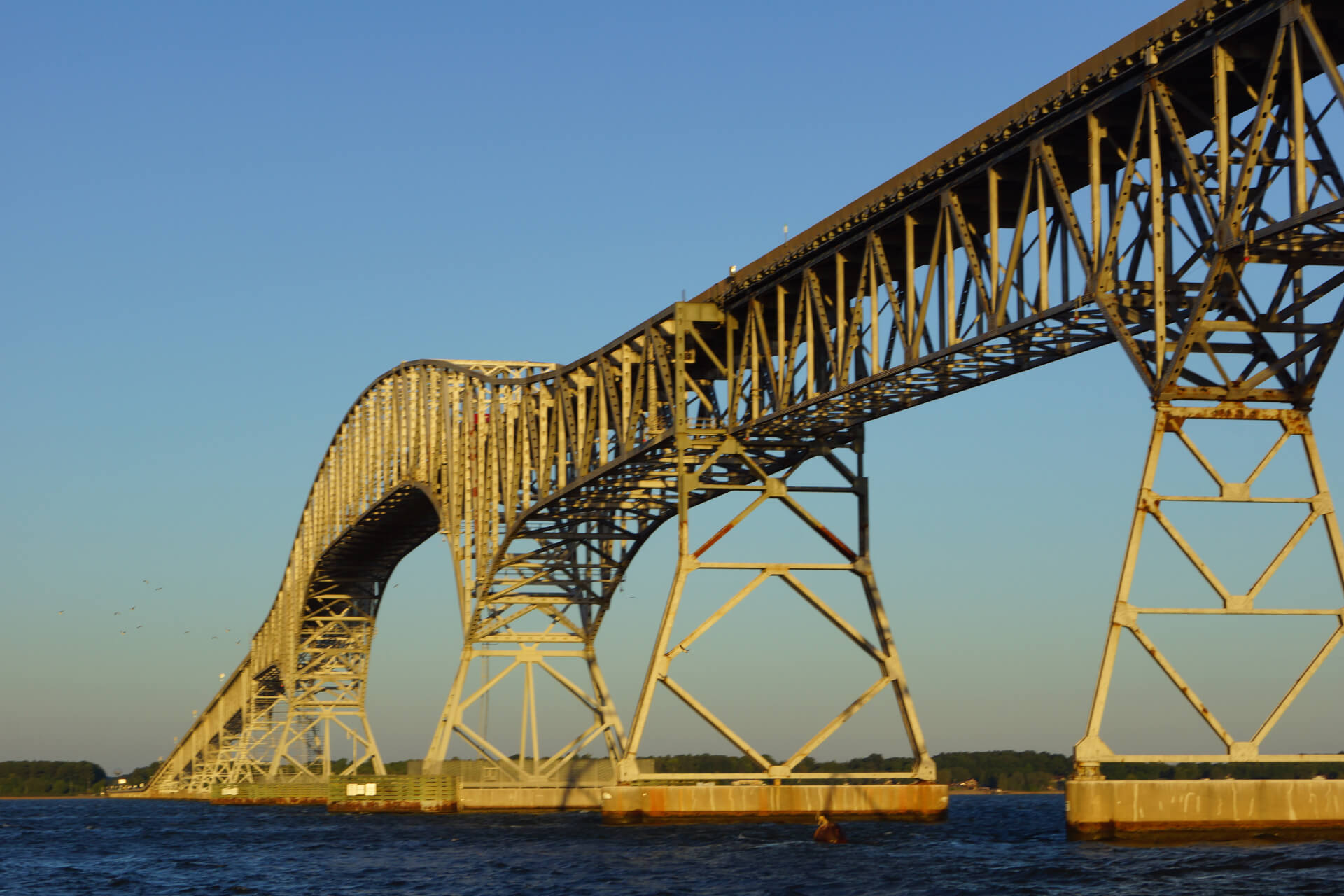
By John D. Porcari and Harriet Tregoning
John D. Porcari served as deputy secretary of transportation in the Obama administration and twice served as secretary of the Maryland Department of Transportation.
Harriett Tregoning served in a senior leadership position at the Department of Housing and Urban Development in the Obama administration, as the District of Columbia’s Planning Director under two mayors, and as secretary of the Maryland Department of Planning.
As we share the excitement of the Inflation Reduction Act’s policy direction to build a more climate-sustainable future, one essential point is overlooked: our future environmental trajectory is actually determined by thousands of seemingly small local decisions that, together, operationalize the implementation of national policy.
One such decision with profound long-term implications is currently at the discretion of Maryland Gov. Larry Hogan (R) and his transportation leadership, and it cries out for an immediate course correction. We know. We’ve been down this road before.
The functionally obsolescent Route 301 Governor Harry Nice bridge, which spans the Potomac River and connects Charles County with King George County, Virginia, is currently being replaced by a larger, safer Governor Nice/Senator Thomas “Mac” Middleton bridge, a design that accommodates vehicle needs well into the future. And the design of this new bridge originally included, the governor promised, protected bike/pedestrian lanes over the Potomac.
Without warning, discussion, or citizen input, the bicycle/pedestrian element — the only potential bike/ped connection between Maryland and Virginia over the Potomac River south of the Woodrow Wilson Bridge — was dropped. As the new bridge edges closer to completion of construction, the window of opportunity is closing.
There is a way to fix this.
When our region faced a similar dilemma 19 years ago, leaders stuck to their commitment to a multi-modal and connected region. The construction bid for the $2.4 billion Woodrow Wilson Bridge replacement, at the time the region’s biggest transportation project, came in over budget, and federal transportation officials proposed deleting the pedestrian/bicycle connection component of the bridge design as part of a “value engineering” exercise.
Quick and determined work at the time by Maryland’s governor and congressional delegation restored the bike/pedestrian element (and preserved the design’s ability to accommodate Metrorail in the future). The bridge replacement was ultimately delivered under budget, and today boasts one of the most heavily used trail connections in the DMV.
Innovation and a relentless focus on active transportation alternatives in our region’s infrastructure is critical, even when the condition of the bridge span itself makes reuse of the old bridge impossible. When the old 11th Street bridge over the Anacostia River in the District of Columbia was about to be demolished after a replacement span was completed north of the original structure (with added bike and pedestrian facilities, by the way), District officials intervened to preserve the concrete piers of the old bridge in the Anacostia, making possible the proposed 11th Street bridge park, which will offer magnificent views of the Anacostia River and recreational opportunities to Anacostia residents and visitors alike.
The same logic must be applied to the Route 301 bridge replacement. If the governor fails to honor his public commitment to bike and pedestrian facilities on the new bridge, and is unwilling to preserve the decking of the old bridge for a dedicated bike/pedestrian/fishing facility, he must at a minimum preserve the old concrete piers, saving money and avoiding the environmental impact of removing them from the Potomac via explosive demolition. This will permit future generations to construct the only non-auto connection between Maryland and Virginia for the 60-plus miles of the Potomac River south of the Woodrow Wilson Bridge. If we won’t do the right thing now, at least preserve options for the future.
The choice for the governor and his transportation team on this issue is binary: either future-proof his project by preserving the old bridge’s concrete piers and be remembered as last-minute Hogan’s Heroes, or stiff-arm generations to come by locking them out of transportation alternatives.
From seemingly small decisions, larger climate and economic development futures are determined.




 Creative Commons Attribution
Creative Commons Attribution